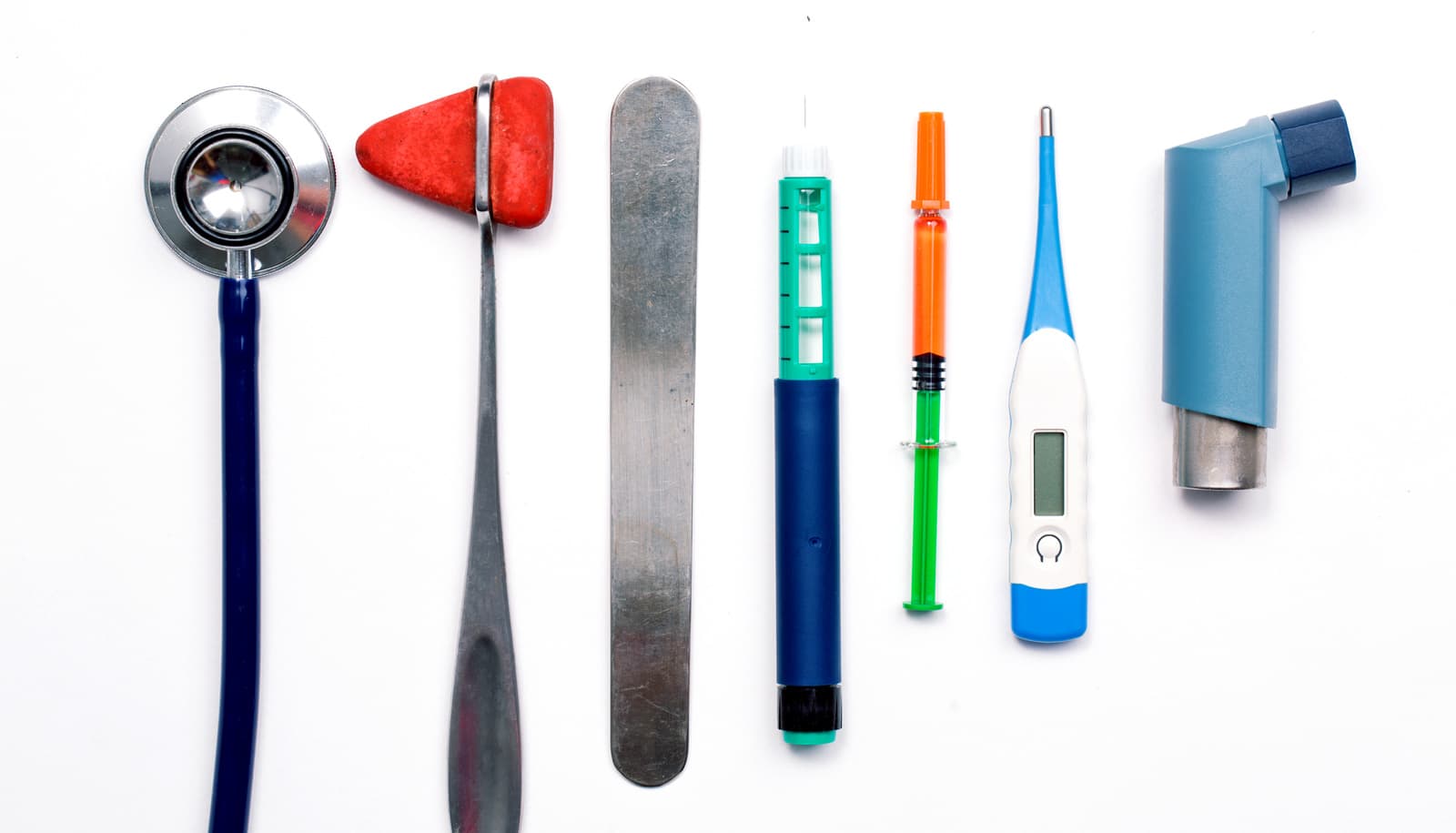The first study to directly compare the quality and experience of outpatient care between adults with or without primary care finds that Americans with primary care received significantly more high-value healthcare.
Those with primary care also reported better patient experience and overall healthcare access, compared to those who don’t have primary care.
The United States health care system generally centers on hospitals and specialty care. The value of primary care, however, has remained unclear and debated, in part due to limited research.
“People who have primary care are fundamentally different from those who do not; they tend to be older, better insured, more white, etc.,” says Jeffrey Linder, senior study author and chief of general internal medicine and geriatrics in the department of medicine at Northwestern Medicine. “Our advance was to look at healthcare for Americans who were otherwise as similar as possible—but did or did not have primary care.”
The study appears in JAMA Internal Medicine.
What counts as primary care?
To determine if study participants had primary care, the scientists asked them to provide the name of a physician to whom they “usually go if [they] are sick or need advice about [their] health.” If they were able to identify such a physician who practiced outside of the emergency department, they were considered to have a “usual source of care.”
Additionally, study participants needed to answer “yes” to receiving all four “C’s” of primary care:
- First Contact (i.e. new health problems)
- Comprehensive (i.e. preventive health care, such as general checkups, examinations, and immunizations)
- Continuous (i.e. ongoing health problems)
- Coordinated (i.e. referrals to other health professionals when needed)
The scientists analyzed data from a nationally representative survey of the US population, and adjusted their analysis to compare Americans of similar health status, demographics, and other factors. They then applied a statistical technique to control for potential confounding factors, such as socioeconomic status, physical health, and mental health, in order to make comparisons between virtually equivalent patients.
‘High-value’ care
The investigators found that even though all respondents received a similar amount of care, Americans with primary care received significantly more “high-value” services, such as recommended cancer screenings, diagnostic and preventive testing, diabetes care, and counseling. Those with primary care also reported better healthcare access and experience, compared to those without.
However, patients with primary care were also slightly more likely to receive low-value care, in particular, unnecessary antibiotics.
“We have further work to do to optimize the amount of high-value care and minimize the amount of low-value care we are delivering to patients,” Linder says.
Overall, the authors conclude that policymakers and health system leaders seeking to increase value should consider increasing investments in primary care.
“This study provides clear evidence for why America needs more primary care,” says first author David Levine, a general internist and instructor in medicine at Brigham and Women’s Hospital and Harvard Medical School.
Source: Northwestern University



